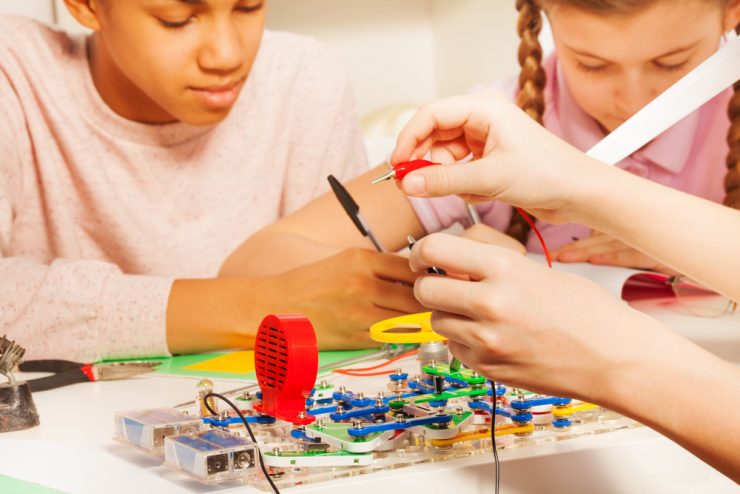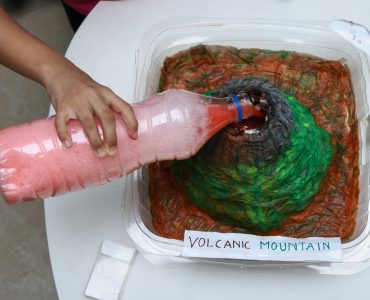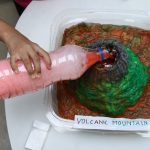Bring out the vinegar, baking soda, and paper mâché volcano: it’s time for the science fair! Every year, irrespective of where you are in the United States, kids begin their journey into the academic world of research by practicing scientific methods in a variety of ways. The projects compete against one another to see whose is the most interesting. Parents are given an exceptional opportunity to get their children excited about school and learning in a fun way.
The question on every student and parent’s mind is, “What project will I do this year?” Here is a list of some ideas that will put that old-school volcano to shame!
One interesting, and a little tricky, idea is to test what materials can catch a bubble. Kids love bubbles, and let’s be honest, so do adults! Wouldn’t it be fun to find out what destroys bubbles and what doesn’t? It’s one of those questions where you may not have thought of it before… and the same might go for the judges!
Another fun project would be to demonstrate why a sailboat works. Again, it’s one of those questions where you may not have thought to ask, but do you know why sailboats don’t just flip over? Those tall masts and big sails are much taller than the boat itself, so how does it stay afloat? Take a cork, a segment of a wooden skewer, a nail and a piece of fabric for the sail. Put the wooden skewer through the sail fabric and into the middle of the cork to form a mast. Then, put the nail at the bottom of the cork and see what happens!
On the topic of floating on water, try an experiment that studies exactly that. Take various household materials and see what floats. Ask why certain things float versus other things that don’t. This is a great introduction to the difference between density and volume, as well as buoyancy.
If children or parents find themselves having an interest in science but with a leaning toward psychology, there’s a great experiment that involves cookies! Two students have to take a timed, identical crossword puzzle. Record who finds the answers in the shortest time possible. This will be our control. Then, give only one student cookies, without the other knowing, and have them take another identical crossword puzzle.
See how the effects of a sugar-high influence the student’s ability (if at all). Of course, don’t forget to share the cookies after the experiment is over!
For the physics fans out there, an experiment that is surely going to interest you is the gravity test. Take household objects (that won’t break, of course) with various weights and drop them from the same height. See which objects hit the ground first. This experiment is really fun when you take a ball filled with sand and an identical ball filled with air and drop them at the same time. See what happens and learn about it!
These are all fun experiments that students can try in their next science fair. When judges are introduced to challenges and questions that students have undertaken that they’ve never thought to ask, they’ll be astonished.












